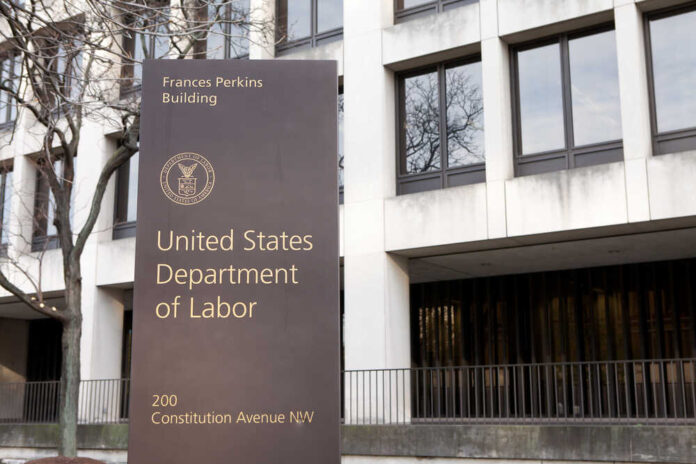
The difficulties in regulating price pressures in the economy were highlighted by the unexpected spike in inflation in January, mainly caused by a jump in food and housing expenditures. According to data compiled by the Labor Department, consumer prices rose 0.3% from the previous month and 3.1% from a year ago in January. A 0.4% increase was the most significant monthly increase in core prices since April 2023, when food and energy were excluded. Despite a substantial decline from its 9.1% high, inflation remains higher than the 2% objective set by the Federal Reserve.
Many American families are struggling financially due to rising inflation, which has forced them to pay more for necessities like food and shelter. Since low-income Americans have a more significant effect on their wages from price volatility, they are disproportionately affected. Rent increased by 0.6% this month and 6.1% year-over-year, contributing considerably to the increase in inflation.
There was no change in January’s additional price hikes, with food prices increasing 0.4% and health and vehicle insurance increasing 1.4%. Although the central bank is considering interest rate cuts this year, they are trying to dampen market expectations. Inflation for January came in far higher than predicted, disappointing investors and sending stock futures tumbling.
As wage growth slows and consumer and corporate spending cut down, inflation is projected to fall in the months and years ahead. Gas prices nationwide fell 3.3% from December to January, but food prices rose 0.4%. Nevertheless, the cost of car insurance, rent, and concert tickets is growing faster than before the epidemic, adding to the high inflation rate. The average rise in the cost of auto insurance from a year earlier was more than 20%.
The Federal Reserve is taking its time to decide whether or not to return to its 2% inflation objective, as they are waiting for further data to support its cautious stance. After reaching a 22-year high of around 5.4%, many analysts expect the Federal Reserve to start cutting interest rates in June. High prices have been fueled partly by housing expenses, especially the cost of owning a house.
However, the Federal Reserve may face a problem in a solid economy; rising salaries and consumer spending brought about by fast growth can potentially worsen inflation.













